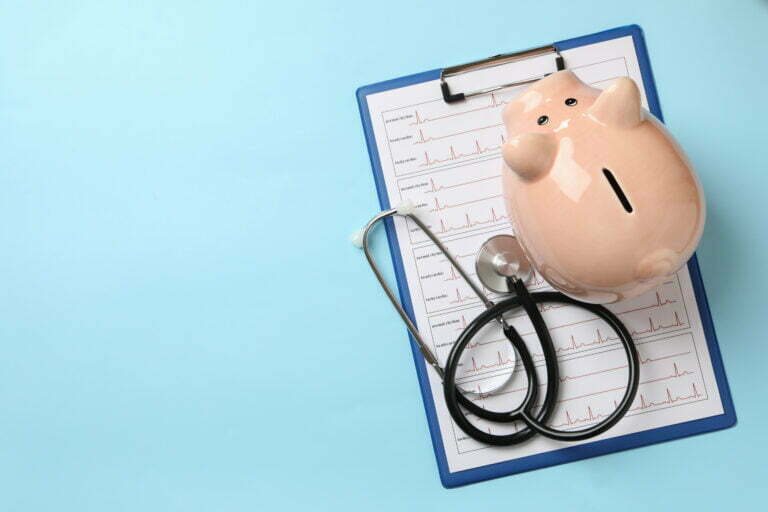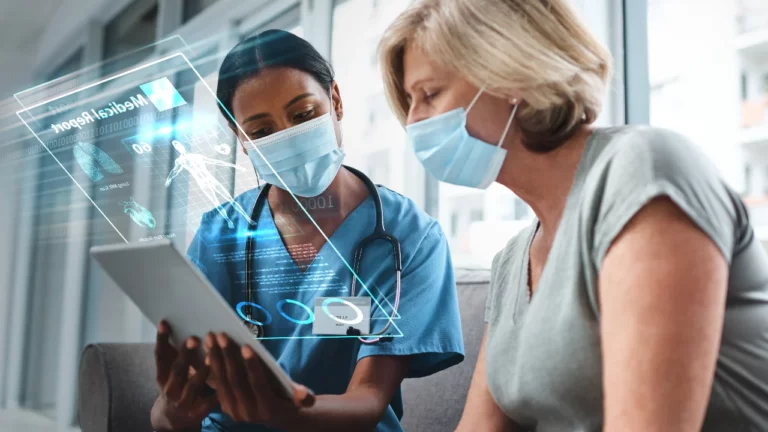Best practices will help with the implementation and management of successful Remote Patient Monitoring programs. RPM adoption has increased in the past year in response to COVID-19, but its use moving forwards as well as the magnitude of its future relevance in providing care delivery in the United States remains to be determined. RPM allows for real-time data access and is uniquely suited to the challenges of chronic condition management. In the Remote Patient Monitoring (RPM) industry, experienced program implementors have found recipes for success. Based on what we gathered, there are four best practices to achieve effective remote patient monitoring implementation:
1. Having well-defined goals
The most important thing about the RPM implementation is why you’re doing it. When you’re running an RPM program, avoid overcomplicating your goals. It’s very crucial to define your goals for your RPM program. When defining those goals, you’ll want to know who the program is for and what transformation you want to achieve with those patients.
What are you targeting? What are you trying to improve? You have to make sure that your goals are well defined. Improving patient glucose readings of patients 60 years of age or older by 15% over the first 8 months is an example of a good goal. Patient satisfaction may be a poorly defined goal. This goal would be too broad and lacks any specific criteria. Define which of your patients will benefit from the program and target those patients.
Well-defined goals will help monitor the progress of the implementation and correct their efforts as needed. If providers or the system know what they need to accomplish, they can look at their results along the way and identify barriers to achieving those goals.
2. Choosing the best RPM Devices
Using the best RPM devices is an essential part of any successful RPM program and a crucial step that cannot be missed. RPM medical devices and equipment are central components in every implementation workflow. The quality of RPM devices will contribute to the success of your RPM implementation. So, it is important that you know and select the best medical devices, wearables, and/or mobile apps. Health systems have a variety of options when choosing RPM devices. Like, for example, healthcare providers buy and integrate the devices so they feed patient data to the electronic health record. Some hire companies to handle the whole RPM process. In terms of technology, most providers choose an RPM program equipped with secure and real-time data streaming. Whatever the option is, you must choose the best devices that work best for your program, providers, patients, and staff.
3. Aiming for patient-oriented outcomes as a standard of success
Patient-centered outcomes are results of health care that can be gained from a healthcare professional’s ability to care for their patients and their patient’s families in ways that are meaningful, valuable, and helpful to the patient. It is then considered as one of the best determinants in measuring the success of the program.
A process-oriented outcome may increase the number of patients participating in an RPM program. If an RPM program of 1000 patients saw their monthly hospitalization rate fall from 8 percent to 5 percent, that would be a patient-oriented outcome. Patient-based standards are more important regardless of the increasing or decreasing result. Patient-based outcomes can be measured through questionnaires, interview schedules, and other related methods of assessing health, illness, and benefits of health care interventions from the patient’s point of view.
4. Ensuring processes are understood clearly
Healthcare providers, the staff, and the patients need to believe in what they are doing. The communication, the program, and the processes must be clear to them. Both clinicians and patients must understand the training they receive. Patients must show that they can submit their vital signs electronically; if they can’t, they need further workshops or training. Healthcare providers must be able to identify which patients are having problems.
When running an RPM program, you must ensure the devices and technology work. For example, if you send a patient home with a medical device that solely depends on internet access, but the patient doesn’t have an internet connection at home, you need to find a way to provide it, such as through a mobile phone. In addition, processes for emergencies must be considered and implemented. If a patient reports a sudden, massive weight increase or alarming psychiatric symptoms, near real-time response plan must be clear for all stakeholders.
How DrKumo Helps in Achieving Effective Remote Patient Monitoring Implementation
DrKumo, leader of Connected Health Technology, provides state-of-the-art continuous real-time Remote Patient Monitoring Solutions. DrKumo uses easy-to-use medical devices and secure cloud-based mobile app, which deliver patient satisfaction and superior healthcare outcomes. DrKumo healthcare and technology expertise is what you need to make your RPM program rise above the rest.
Takeaway
Remote Patient Monitoring (RPM) has a positive effect on patients by allowing patients to share more real-time data with their providers and caregivers, which will lead to more tailored care and better health outcomes. Follow these essential best practices when developing and implementing a remote patient monitoring program.








